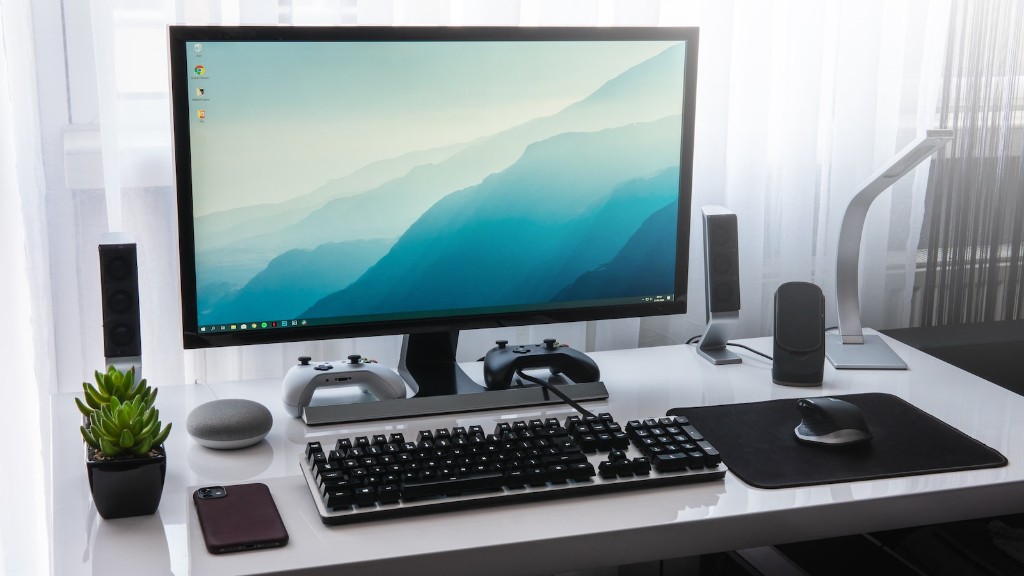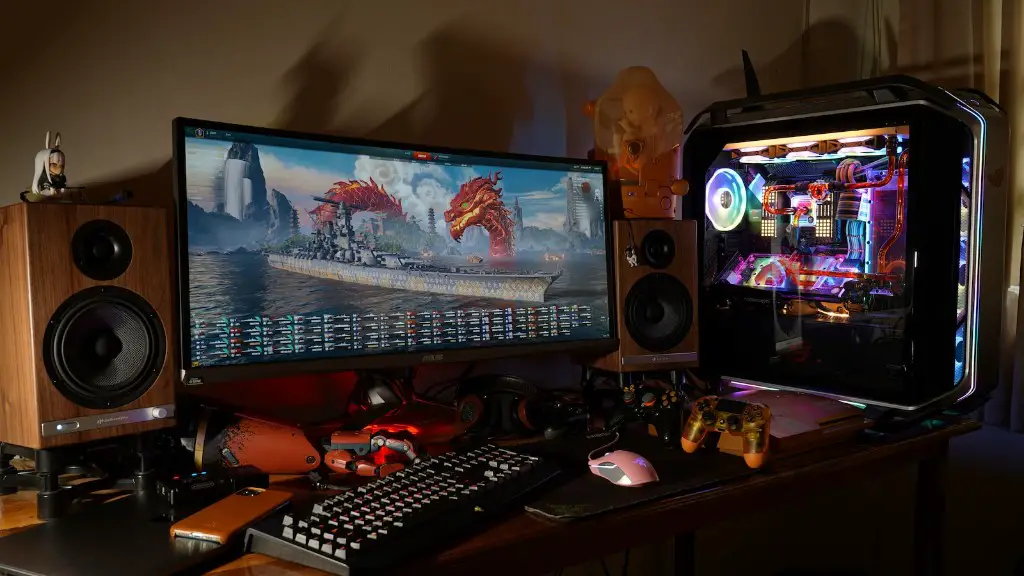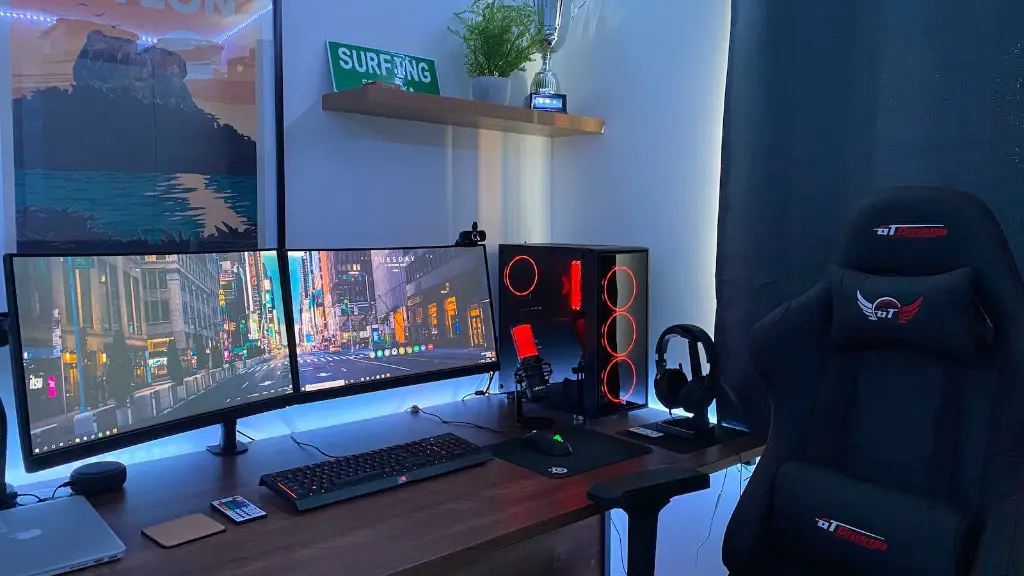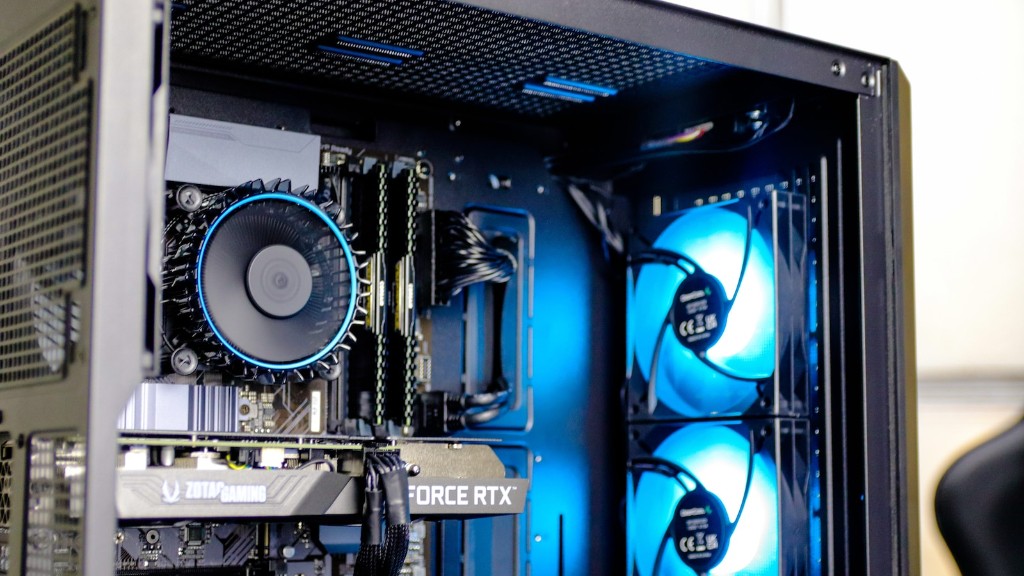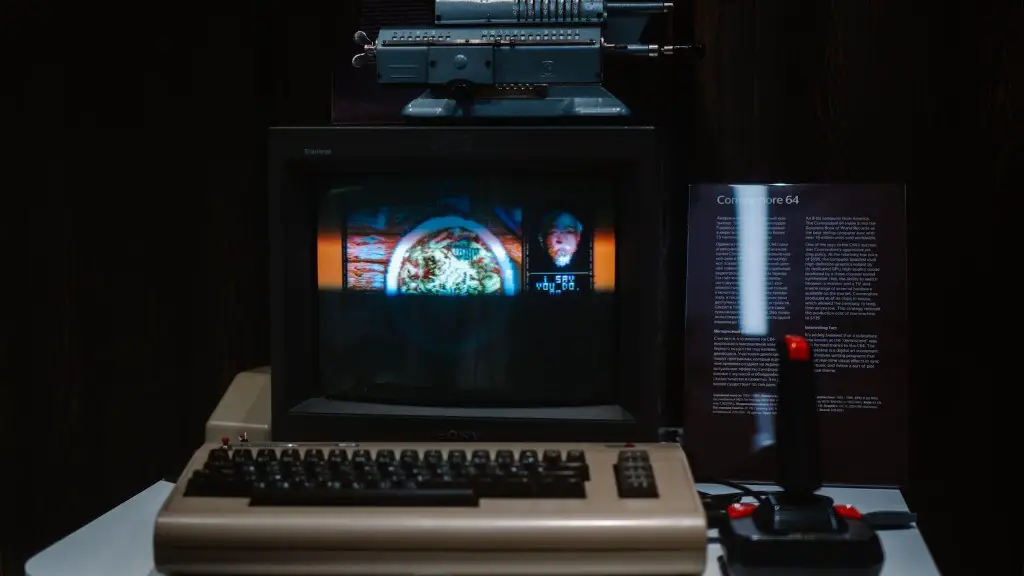Are you a PC gamer looking to transport your cherished gaming PC to a LAN party or a friend’s house? Perhaps you’re moving and need to take your gaming PC with you. Whatever the reason, there are a few things you need to keep in mind when transporting a gaming PC to avoid damage. In this article, we’ll give you some tips on how to best transport your gaming PC.
To transport a gaming PC, you will need to make sure that all of the components are properly secured in the case. You will also want to make sure that the case is well-padded to protect the components from jostling during transport. If you have a large monitor, you may want to consider removing it from the PC and transporting it separately.
How do you travel with a gaming PC?
Yes, you can technically bring a gaming laptop or desktop on an airplane as long as it fits in your carry-on bag. I’ve done this many times before and it’s actually quite convenient. You can just put it in your carry-on and you’re good to go. Note: make sure the gaming rig is in your carry-on, as lithium ion batteries are usually not allowed in checked luggage.
If you have a large box containing a fragile item like a PC, it’s best to load it into the car first and then work around it. Just be sure not to stack anything on top of it. The best spot to transport a PC in a car is usually right behind the passenger seat.
How can I transport my PC safely
Before you pack and move your desktop computer, it’s important to back up your computer. This will ensure that all your important files and data are safe and sound. Once you’ve backed up your computer, you can then disconnect and label all the wires. This will make it much easier to set up your computer in your new home.
Next, you’ll need to pack all the accessories that come with your desktop computer. This includes the keyboard, mouse, monitor, and any other peripherals. Make sure to pack them securely so they don’t get damaged during the move.
Once all the accessories are packed, you can give your computer a thorough clean. This will help to keep it in good condition and prevent any dust or dirt from getting inside the components.
To protect your computer during the move, you should wrap it in protective materials. This could include bubble wrap, packing peanuts, or even blankets. Once it’s well protected, you can then pack it in a suitable box. Make sure the box is big enough so that your computer can fit snugly inside.
Packing a desktop computer in its original packaging is ideal, but if you don’t have that available, any sturdy box larger than the machine will work. Monitors can also be shipped in television boxes. Make sure to pack everything securely to avoid any damage in transit.
Can you lay a PC on its side for transport?
Hard drives and SSDs can be oriented in any way and will still work correctly. There is no evidence to suggest that having them on their side or upside down causes any problems.
Make sure your computer is powered down and all cables and cords have been disconnected before moving your desktop computer. Next, as you disconnect all cables and cords, be sure to secure them with a twist-tie and place them in a labeled plastic baggie.
Does moving a PC damage it?
Moving a computer while it is turned on can damage the hard disk or optical drive. It is best to turn the computer off before moving it.
You can leave a laptop in a hot car provided it is powered down and kept out of direct sunlight. Remove the battery and store it in a safe location such as the trunk of the vehicle. The temperature in the trunk is generally lower than the cabin and this keeps it out of sight.
Is it safe to keep a PC in a hot car
You should avoid extreme temperatures with your laptop as much as possible. Most components will be okay if left for a short time, but the hard drive and SSDs can be adversely affected by heat. So, leaving it in your car is not recommended.
To safely move a desktop computer, first power down the machine and disconnect all cords and cables. Next, neatly wrap all the cords and cables in a plastic bag. Using a large cardboard box, place the monitor and CPU inside, followed by any other items. Make sure everything is secure and won’t shift during transport.
Should I remove graphics card when transporting PC?
If you have a Logan style pocket and need a coaster, you can take it out and use the retail box. Otherwise, you can carry it in your pocket and whip it out when you need it. If you rest the case on the right side panel, the PCI-e bracket and slot will be enough to hold it in place. However, you may need to support it or remove it if it’s going to be knocked about.
There are a few different ways to ship computers and servers, and the cost will vary depending on the method you choose. Peer-to-peer shipping is typically the cheapest option, costing anywhere from $100 to $1,000+. If you hire professional movers, the cost will depend on the size and distance of the move, and can range from $3,000 to $6,000, or even up to $17,000+ for large moves. Consolidated freight is another option, and the cost will depend on the size and distance of the move.
How to safely transport GPU
A black foam can help to protect electronic devices during shipping. It can also help to prevent movement and shocks.
If you need to move a computer or computer tower, it’s important to take precautions to prevent damage. One way to do this is to wrap the tower in a moving blanket or bubble wrap. You can then secure the blanket or wrap with packing tape. For additional protection, you can wrap the tower in another layer of fabric and tape it tight.
Can I put bubble wrap in my PC?
Using bubble wrap is a safe way to protect your belongings during a move. However, you will need a large amount of it to fill all the space in your moving truck. You can also fill some space with smaller cardboard boxes to take up less space. Once your belongings arrive at your new home, you can simply open the panel and remove all the paper inside.
While it is likely that your computer will operate normally while laying on its side, I would recommend keeping it in an upright position. This is unless the computer’s manual specifically states that it is OK to place the tower on its side.
Final Words
To transport a gaming PC, you will need to first ensure that all of the cables are unplugged and the power is turned off. Next, you will need to remove any detachable parts such as the graphics card, hard drive, and optical drive. Once all of the parts are removed, you can then place the PC in a safe, padded case for transport.
There are a few things to keep in mind when transporting a gaming PC. Firstly, it is important to ensure that the PC is properly powered off and disconnected from any power sources. Secondly, it is important to secure loose cables and components so that they do not become dislodged during transport. Finally, it is generally advisable to transport the PC in a carry case or box that offers some level of protection from bumps and knocks. Following these simple tips will help to ensure that your gaming PC arrives safe and sound at its destination.
